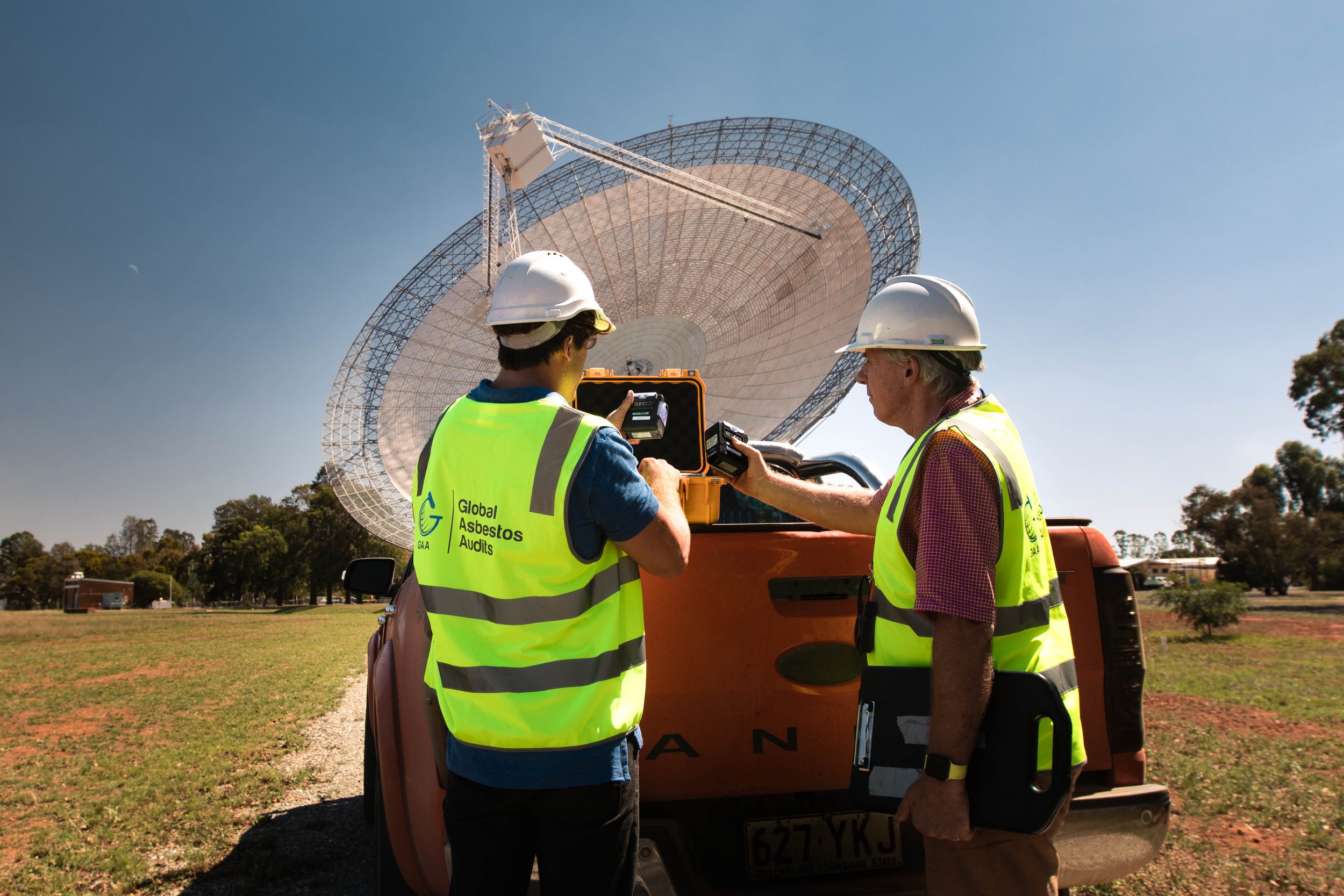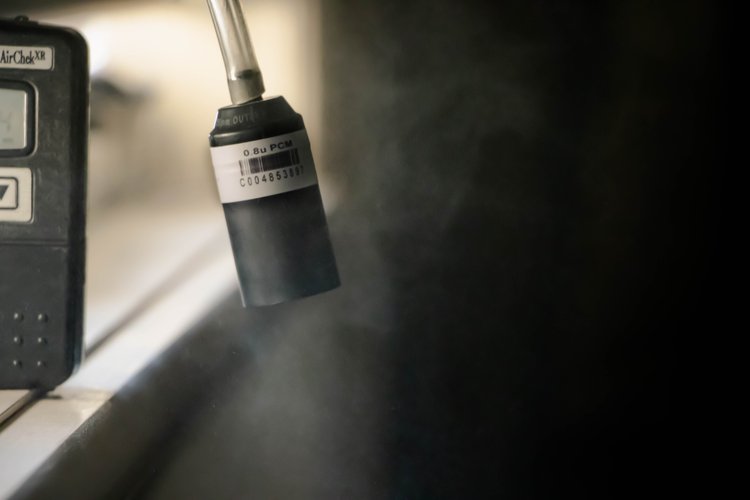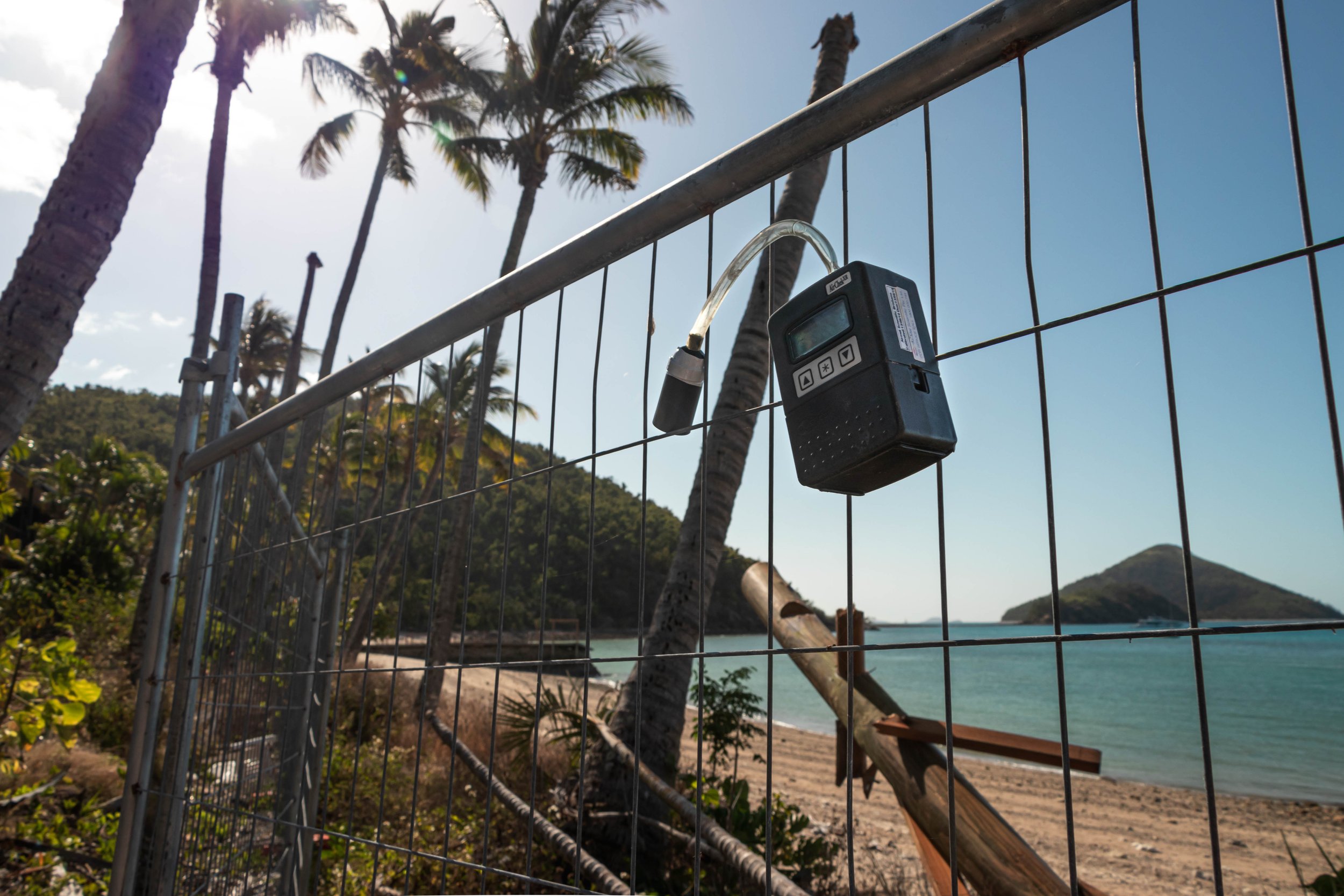
Asbestos Air Monitoring

What is asbestos air monitoring?
Asbestos air monitoring is the process of measuring and analysing the concentration of airborne asbestos fibres. Asbestos air monitoring aims to identify the level of exposure risk to workers and the public and ensure that control measures are effective in minimising this risk of exposure.
Who can conduct air monitoring?
Asbestos air monitoring must be conducted by Licenced Asbestos Assessor.
Act before it’s too late.
Air monitoring is the only way of ensuring an area is safe from air-borne fibres. All types of Air monitoring are performed following the NOHSC:30039(2005) and tested in a NATA accredited laboratory.

Type of asbestos Air Monitoring
Exposure (personal)
Exposure air monitoring aims to assess a worker’s level of asbestos exposure. The worker wears a personal air monitor for a specific period measuring the concentration of asbestos fibres in the individual’s breathing zone.
Background
Background air monitoring evaluates ambient asbestos fibre concentrations in the atmosphere during normal conditions at a static location. This type of air monitoring is generally conducted before an event, such as asbestos removal work, to provide a baseline for comparing future results.
Control
Control air monitoring is generally only performed from a static location to evaluate the efficiency of control measures. Certain control measures, such as those used in asbestos removal work, require air monitoring.
Clearance
Clearance air monitoring is conducted after asbestos removal work to ensure the area is safe for reoccupation. Enclosures from the removal must remain erect until the fibre concentration is below the acceptable level of less than 0.01 fibres/ml.
How Asbestos Air Monitoring is Conducted
Only a Licenced Asbestos Assessor should conduct asbestos air monitoring using the NOHSC:30039(2005) and approved methods.
Pre-Sampling Preparation
The Licences Asbestos Assessor will conduct a pre-sampling site assessment to determine the best location for air sampling. The site will be evaluated for potential sources of asbestos fibres, such as ACMs, asbestos in soil, and previous asbestos removal activities. The assessor will also assess the potential for cross-contamination and ensure the sampling equipment is calibrated and functioning correctly.
Air Sampling
The assessor will use specialised air sampling equipment set at a pre-determined flow rate for a set period to collect air samples from the designated locations. After the sample collection time, usually between 4 to 8 hours, the desired volume of air is pulled through the asbestos sampling cassette, where fibres collect for analysis.
Laboratory Analysis
The air samples will be sent to a NATA-accredited laboratory for analysis, where the filters are removed from the cassettes and prepared for examination using Phase Contrast Microscopy (PCM). Respirable fibres (greater the 5 micrometres in length and less than 3 micrometres in width) are counted in 100 graticule fields (microscope eyepiece – Walton-Beckett circular graticule). The total number of fibres counted during analysis and the total air volume sampled are used to calculate the fibre concentration displayed as fibres per millilitre of air (f/ml).
